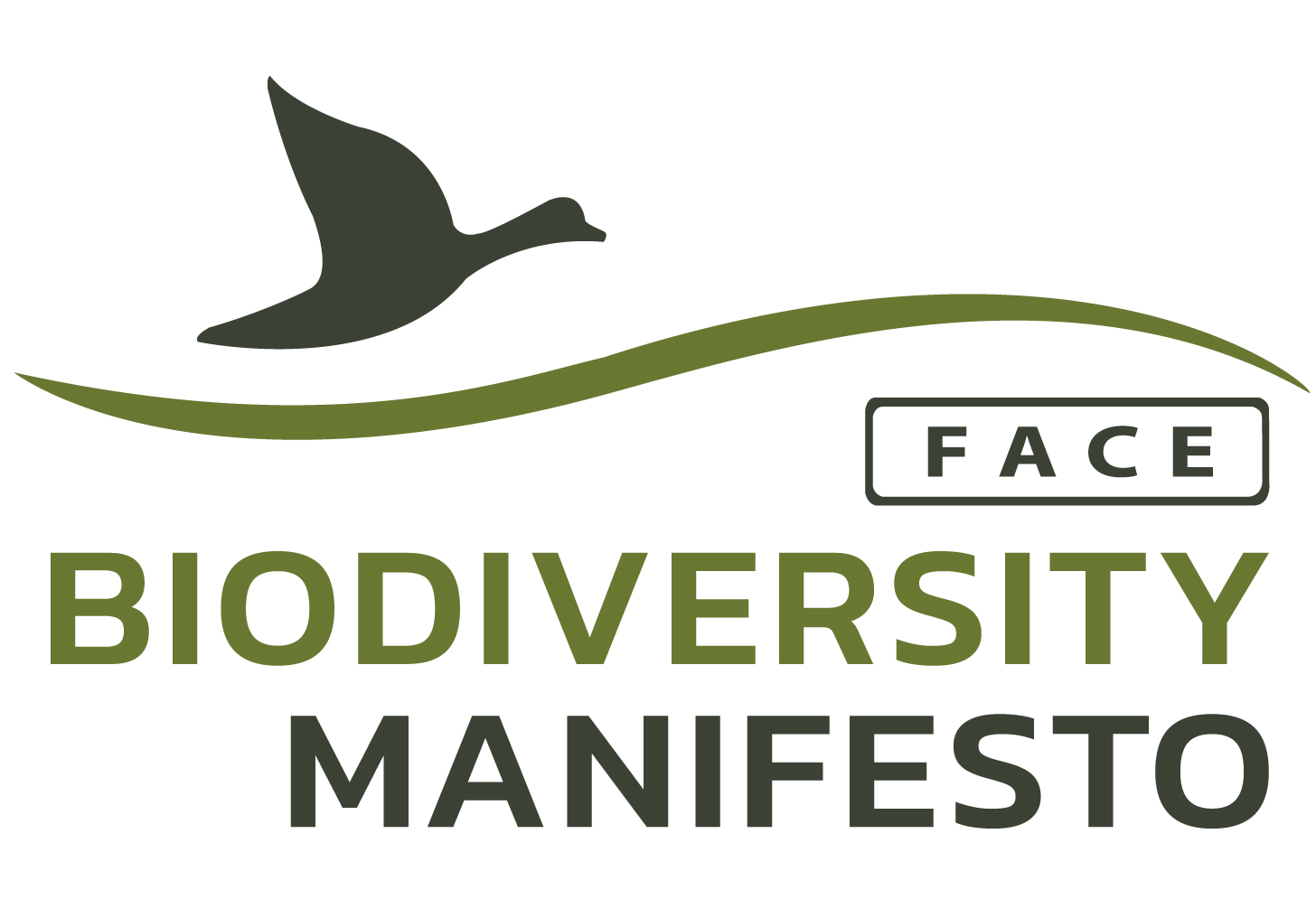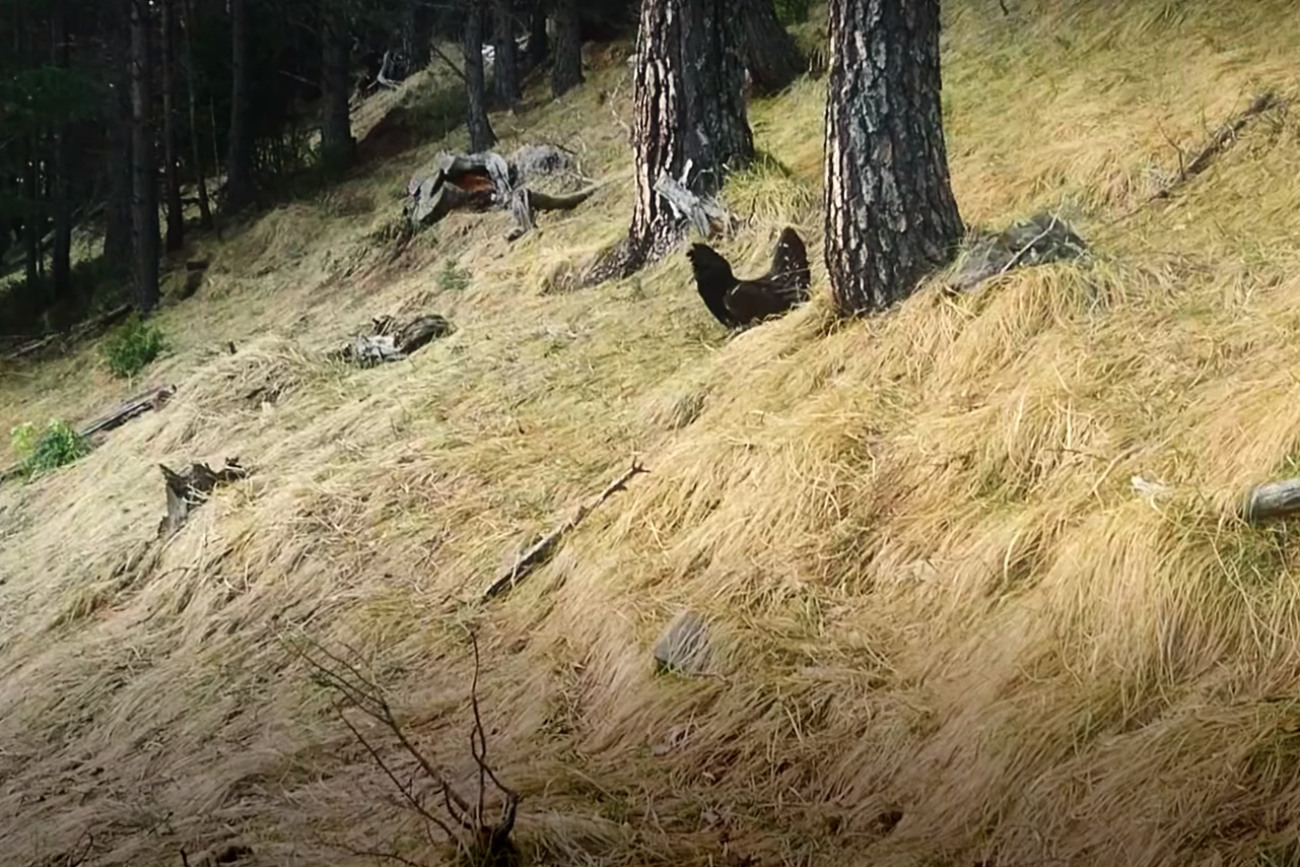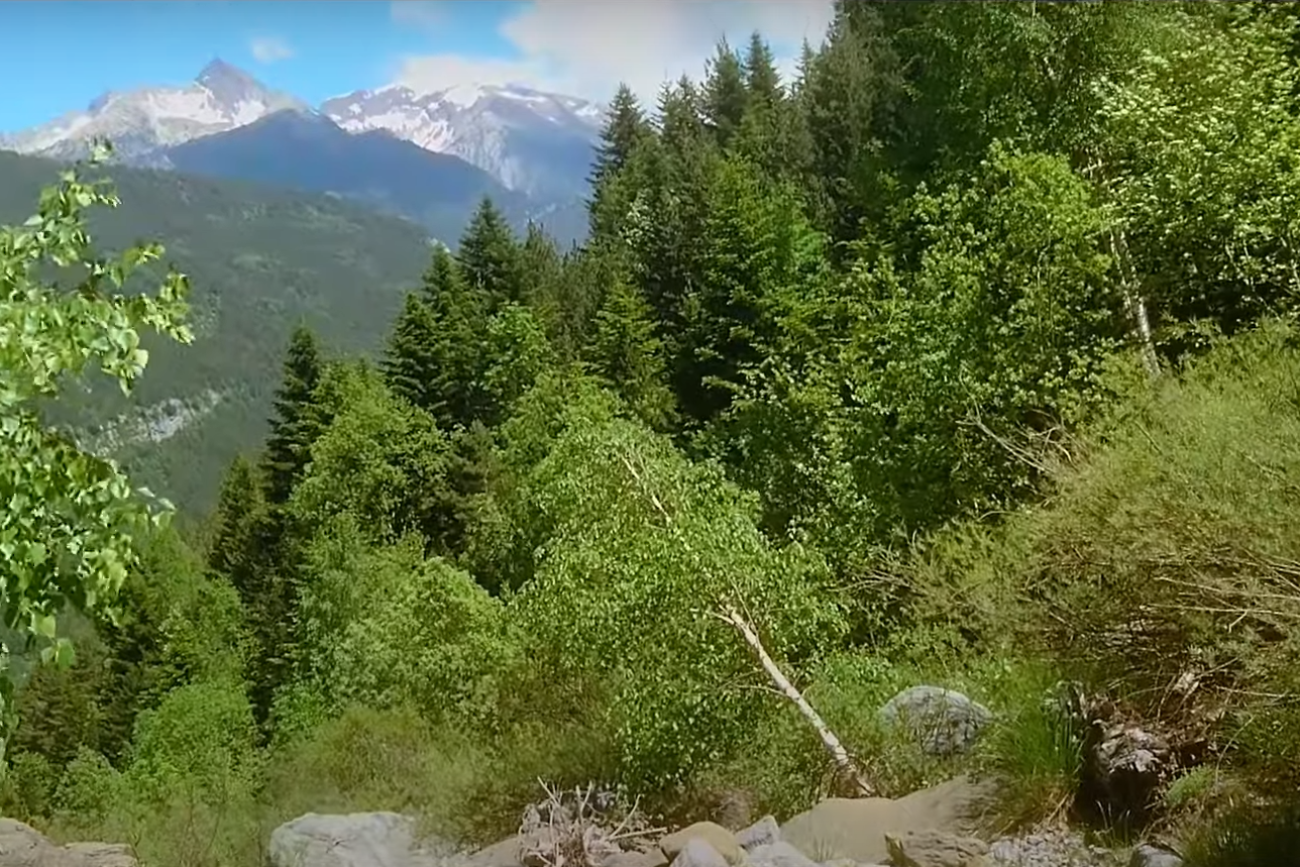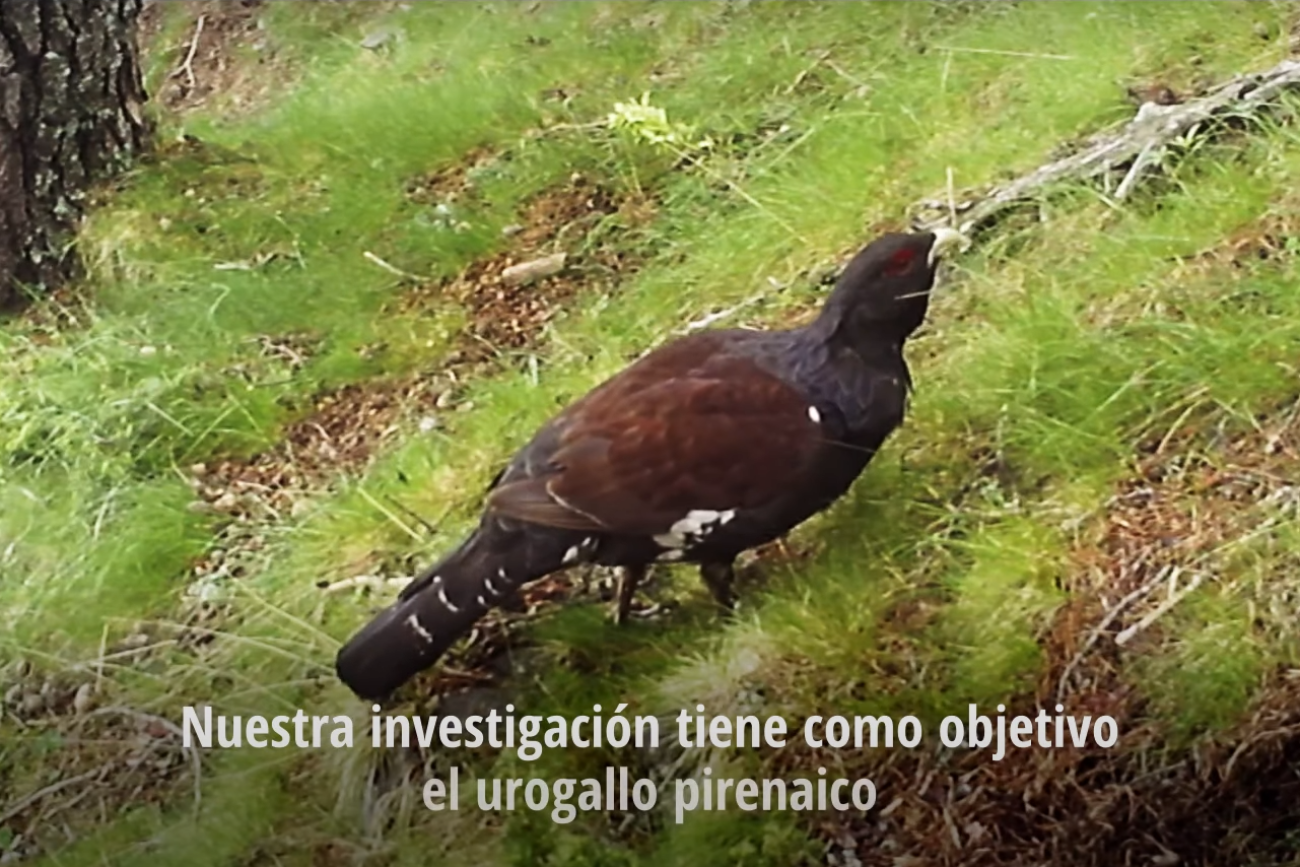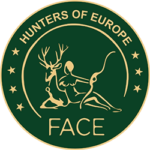The Capercaillie (Tetrao urogallus) is one of Spain’s most emblematic mountain bird species. However, the Spanish populations, found in the Pyrenees and Cantabrian mountains represented by two sub-species T. u. aquitanicus and T. u. cantabricus, are experiencing a significant decline. Various factors contribute to the negative trend of the Spanish Capercaillie, including habitat destruction, climate change, and intense human activities during the breeding season.
Aware of the Capercaillie situation, a non-game species in their country, the Artemisan Foundation, the Aragonese Hunting Federation, and the La Lomellina Foundation, in collaboration with the Bielsa Valley Hunters Society and the Biodiversity Service of the Government of Aragon, are undertaking a project sponsored by Leica to aid in the species’ recovery.
This project consists of various phases, with the first phase focused on studying the presence of the capercaillie in the Bielsa Valley, located within the Parque Nacional de Ordesa e Monte Perdido. This phase also involved assessing habitat suitability for the Capercaillie in a wider study area of 10,000 hectares and identifying threats and opportunities for the species’ recovery.
Subsequently, based on the collected data, a management plan for the species has been developed and is being implemented, with a focus on habitat management, reducing predation, and implementing adaptive hunting strategies. The species will be continuously monitored to assess the impact of these measures on the Bielsa Valley Capercaillie population.
POLICY RELEVANCE
The Capercaille is listed in Annex I of the Birds Directive and Annex II part B for certain countries. Therefore, special conservation measures for habitats are required for Capercaillie to ensure its survival. This requires measures to avoid the deterioration of habitats inside and outside the Natura 2000 network.
In a time when the European Commission is proposing the Nature Restoration Law with the goal of restoringhabitats of species, actions like this reinforce the role that stakeholders can play in achieving that goal. Wider ecosystem restoration can be dealt with by sectoral policies, but for species with very specific habitat requirements, projects such as this one led by dedicated people are essential.
Furthermore, it shows that hunters and hunting organizations are sensitive and active in the protection of threatened species and habitats, contributing to a future with rich and biodiverse ecosystems.
Results: Incoming
Sources: Artemisan Foundation Website (https://fundacionartemisan.com/investigacion/recuperacion-urogallo-pirenaico)
